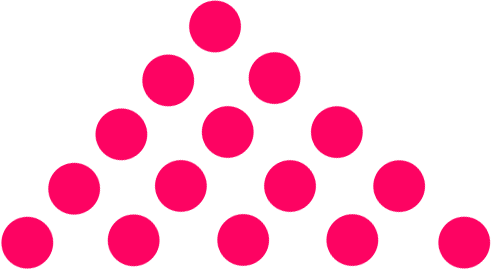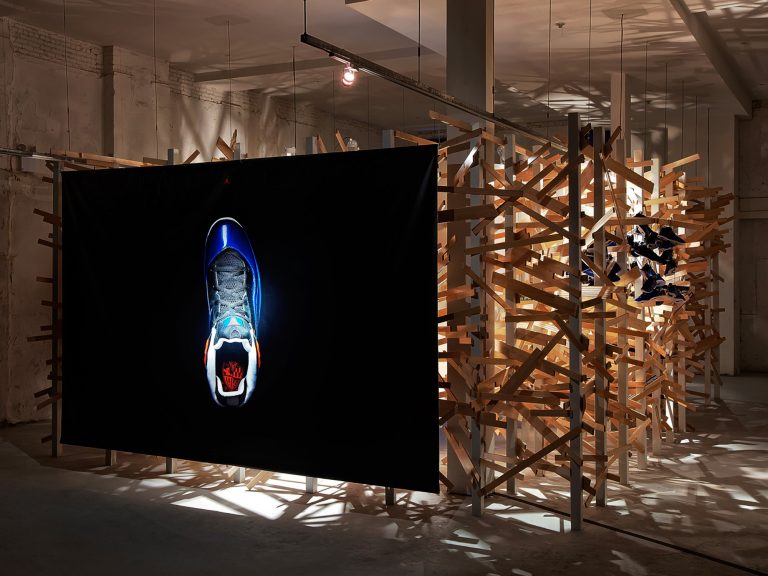






Tim Kobe, the founder & CEO of Eight Inc, often called Apple’s best kept secret, will be one of the star key note speakers at the IAA Global Conference “Creativity4Better”, on 2-3rd October, at the Bucharest National Theatre. Kobe and his strategic design team have crafted holistic brand experiences for some of the largest advertisers on the market, such as Apple, Nike, Citibank, The National Museum of Art, AIGA, Coca-Cola, ESPN, Gap, Nissan and many more.
We have talked to Tim in preparation of the Conference, to feed our and your curiosity about his view upon inter-disciplinarity, design thinking approaches, beloved projects and human centric work.

Enjoy his insights and make sure not to miss him on the National Theatre stage!
You have a strong background as a lecturer, professor, educator and also as brand experience builder/creative. How can inter-disciplinary and cross-culturally improve the outcome of our work in the world (be it design, writing, architecture, music and so on)?
When we work we try to understand the human objectives behind the outcome of the work and the primary ways that people experience or understand the design of products or services, companies or other people. The relatively inconvenient truth is human beings experience things holistically. Rather than in disciplines, experiences are typically educated but laterally across many disciplines, in other words, the four primary areas that influence anything we experience includes the environment it consists of, the products or services it contains, the human behavior and interaction as well as the forms of communication.
In any successful strategic relationship, it’s the values of the people a company is trying to connect with and the alignment of the benefits that the company stands for that make the foundation of successful relationships. We have moved beyond a transaction economy into an experience economy: the perception of what a company stands for as well as a consistent expression of those values through any experience touch point becomes critical to both communicate and maintain a relationship. We find the engagement of skill sets across many disciplines as well as different cultural perspectives inform of the potential creative opportunities as well as outcomes that have a deeper understanding of the human need behind it.
You and your team have worked on some of the biggest brands in this world, such as Apple, Virgin Atlantic Airways, Nike, Coke, Knoll and Citibank and have received numerous professional accolades. However, out of all, what’s the one project that’s the dearest to your heart, your soul child if you like?
I think it’s difficult to describe the work as the ones that become the most endearing. When I look at projects as ones that are memorable and meaningful, I look at the outcomes of those projects. The work we did with Steve Jobs for Apple both in the retail program, as well as the global events, meant a relationship with the company as well as a deeper relationship with him gave us both the most significant challenges as well as the most profound learnings and most meaningful outcomes. Because we genuinely believed in the values that Apple stood for and the essential value that Apple brings to the world of technology this has a broader reach than a project or a client relationship.

There are many other projects that we worked on where the connection between the client team as well as our team enabled the most successful outcomes. Another one of our favorites is the work we did for DonorsChoose.org in New York and San Francisco.

Well, this was a pro bono project and we believed wholeheartedly in the vision of the Donorschoose.org team as well as the purpose of the business served in improving education in the US. As a result of creating spaces for the teams to work and connect as well as expressing the values behind the vision of the company we feel we’ve contributed in a small way to the successful raising millions of dollars for educators in every state in America. We design human experience, but the purpose is to provide successful human outcomes. When that happens, I think we can be very proud of our role in society.
Your projects always stem from people and are dedicated to people. Could you briefly tell us about the process that helps you integrate people’s input, habits, needs?
All design is based on constraints. Part of the problem is defining what the right limitations are and how do you create value from the work that you do. Good design progresses the relationship between people and the world around us. All design or any other creative endeavor contributes to human progress. Most clients hire us because they have specific business objectives. However, for us to achieve the business outcomes they are looking for, often requires us to recognize that it’s the people the company is trying to connect with who is our reference point. Primarily we work for our client's customers to best serve our clients business interests. It’s more than just a human-centric point of view, understanding real or implied need states. It’s also recognizing deeper values and possibly things that end users or customers (who we see as people) couldn’t be effortlessly articulate.
Your work is profoundly rooted in understanding business challenges, markets, social contexts and users personas. Is this strategic work something Eight Inc. handles directly or do you work with a strategic partner? Could you briefly tell us about this approach concerning the Nike work ?

Historically there were often conflicts between the perception of design value and efficiency of business operations when it came to designing for business outcomes. The most successful business has recognized the best business outcomes are realized by understanding it is a relationship with the people they want to connect with and it ebbs and flows over time regarding the experience with the brand, the products or services, the behavior, and communications.
Nike understands the functional brand objectives and the aspirational brand objectives and can manage the relationship. Nike is the best brand at infusing both functional or performance attributes with aspirational ones. Not only the “superstar” but also for anyone participating. Founded on Just Do It and extended over the years with varying degrees of frequency in that.

How do you think, or at least hope, that design thinking methodology will permeate organisations throughout the world in the next couple of years?
I believe the design will continue to become a more significant part of the competitive landscape in business. Those who create better user outcomes will benefit from higher customer loyalty and participation. They will continue to do better than their competitors and build advocates of the brands or companies they represent.
In the meantime, until you see him live, let yourself inspired by Tim Kobe’s key note from FutureME conference:
Make sure to reserve your spot at the IAA Global Conference “Creativity4Better”!